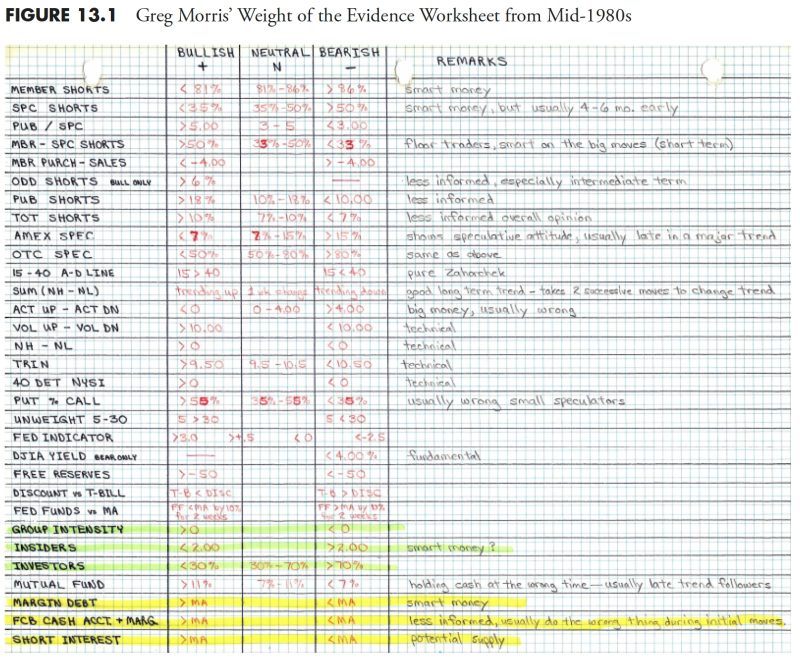**Implementing Rules-Based Money Management Strategies for Effective Market Measurement**
In the realm of finance and investing, the utilization of rules-based money management strategies plays a crucial role in navigating the unpredictable nature of the market. This approach involves the establishment of clear guidelines and criteria that dictate the allocation of capital, risk management, and decision-making processes. In the second part of this series, we delve deeper into the importance of measuring the market and how it influences the effectiveness of rules-based money management strategies.
**Measuring Market Conditions for Informed Decision Making**
One of the fundamental aspects of rules-based money management is the ability to measure and analyze market conditions accurately. By assessing various market indicators, trends, and data points, investors can gain valuable insights into the behavior of the market and make informed decisions accordingly. Market measurement allows for the identification of potential opportunities, risks, and trends, enabling investors to adjust their strategies dynamically.
**Utilizing Technical Analysis and Fundamental Data for Market Measurement**
Incorporating technical analysis and fundamental data is paramount in measuring the market effectively. Technical analysis involves the study of historical price data, chart patterns, and trading volumes to predict future price movements. By utilizing technical indicators such as moving averages, relative strength index (RSI), and Bollinger Bands, investors can gauge market sentiment and momentum.
On the other hand, fundamental data provides insights into the underlying factors affecting market trends, such as economic indicators, company performance, and industry news. By combining technical analysis with fundamental data, investors can gain a holistic view of the market landscape and make well-informed decisions based on a comprehensive analysis.
**Risk Management as an Integral Component of Market Measurement**
Risk management is a crucial element of rules-based money management strategies and plays a central role in market measurement. By assessing potential risks associated with market fluctuations, asset volatility, and external factors, investors can implement risk mitigation strategies to protect their capital and optimize returns.
Through effective risk management techniques such as position sizing, stop-loss orders, and diversification, investors can minimize potential losses and preserve capital during adverse market conditions. By incorporating risk management into their rules-based strategies, investors can enhance their overall portfolio performance and navigate market uncertainties with confidence.
**Adapting Strategies Based on Market Conditions**
In the dynamic and ever-changing landscape of the financial markets, adaptability is key to the success of rules-based money management strategies. Market measurement serves as a compass for investors, guiding them to adjust their strategies and tactics in response to evolving market conditions.
By closely monitoring market indicators, performance metrics, and signals, investors can identify shifting trends and adjust their asset allocation, risk exposure, and investment decisions accordingly. The ability to adapt swiftly to changing market dynamics enables investors to seize opportunities, mitigate risks, and optimize their returns in a competitive and unpredictable market environment.
**Conclusion**
In conclusion, effective market measurement is a cornerstone of rules-based money management strategies, enabling investors to make informed decisions, manage risks, and adapt to market fluctuations. By incorporating technical analysis, fundamental data, and robust risk management techniques, investors can enhance their ability to navigate the complexities of the market and achieve their financial goals. Through a disciplined and data-driven approach to market measurement, investors can position themselves for success and capitalize on opportunities in an ever-evolving financial landscape.
